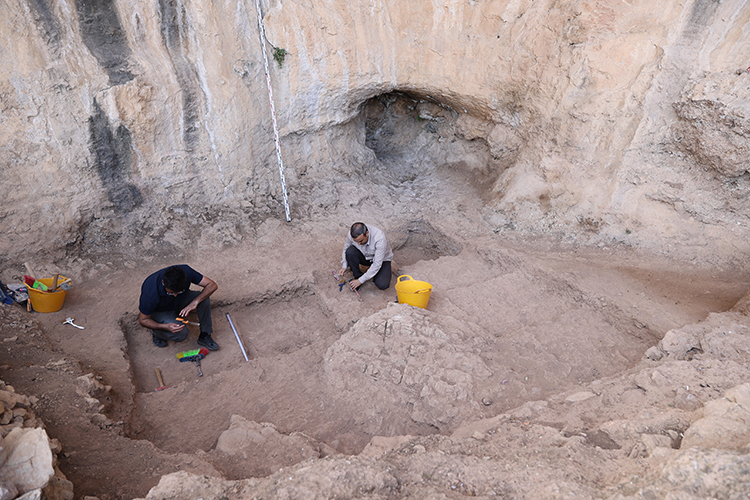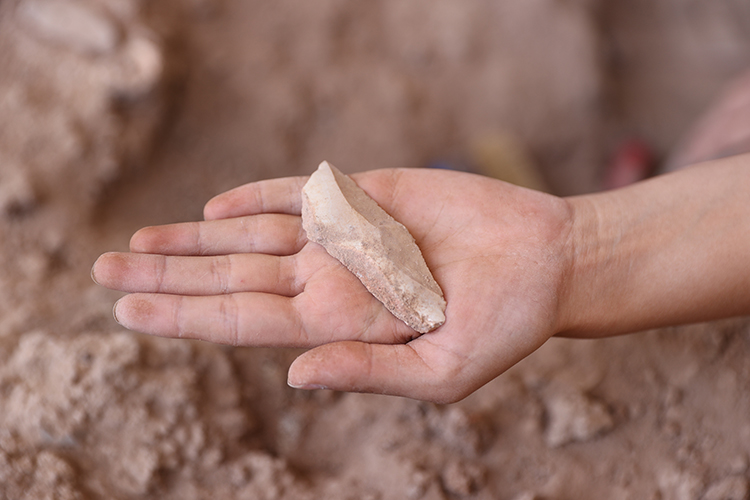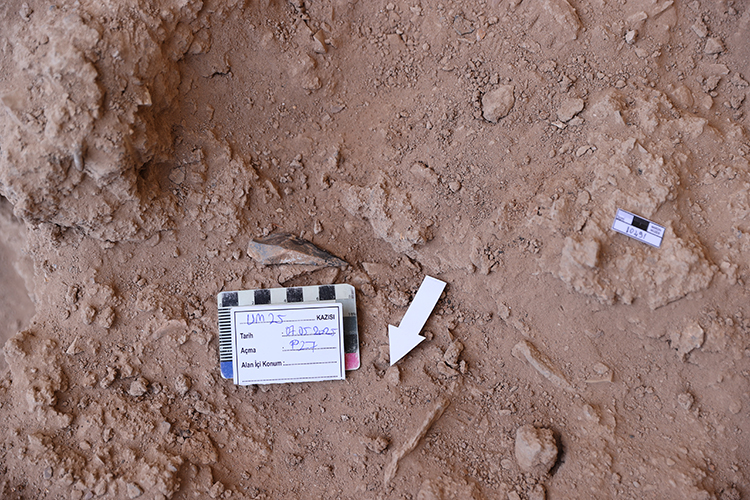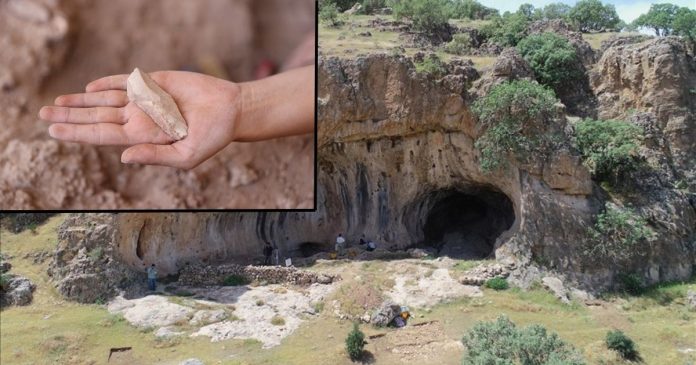Excavations Reveal Deep-Time Human Presence and Early Obsidian Use
Archaeologists working at Uluköy Cave in Mardin Province, Türkiye, have uncovered significant new evidence of Paleolithic human activity, reshaping our understanding of prehistoric life in northern Mesopotamia. The cave, located in the Gurs Valley near Kızıltepe, has yielded a wealth of artifacts spanning from the Middle to Early Upper Paleolithic periods, including obsidian tools that challenge existing timelines for early human technology and raw material exchange.
Uluköy Cave: A Rare Window into Prehistoric Anatolia
Uluköy Cave is a 23-meter-long and 16-meter-deep natural formation that has become the focus of a rescue excavation project led by the Mardin Museum under the direction of Dr. Ergül Kodaş of Mardin Artuklu University. Now in its third season, the excavation has exposed multiple occupation layers containing stone tools, bone fragments, and faunal remains.
This cave is unique as it represents the only Paleolithic cave excavation currently underway in northern Mesopotamia, filling a critical archaeological gap in the region’s prehistoric record.

Obsidian Tools Push Back Human Technological History
One of the most groundbreaking findings is the discovery of obsidian artifacts in lower stratigraphic layers previously dated to between 160,000 and 200,000 years ago. Obsidian, a volcanic glass prized for its sharpness, was long believed to have been used predominantly during the Late Paleolithic.
These new findings suggest that the procurement and use of obsidian, as well as potentially complex trade or mobility networks involving this material, date back much earlier than previously thought. This pushes back the timeline for the use of exotic raw materials in Anatolia and the Near East, offering fresh insight into early human behaviors and technological innovations.

Multiple Human Species Occupied the Site Over Hundreds of Thousands of Years
The archaeological evidence indicates that at least four distinct human groups inhabited or visited Uluköy Cave intermittently over the last 300,000 to 400,000 years. These groups likely include archaic Homo erectus, archaic Homo sapiens, Neanderthals, and anatomically modern Homo sapiens.
This diversity of occupation emphasizes Uluköy Cave’s importance as a crossroads of human evolution, where different human species may have interacted or succeeded one another.

Ongoing Scientific Analyses and Broader Significance
Excavated materials such as stone tools, animal bones, and human remains are currently undergoing detailed laboratory analyses, including radiocarbon dating and genetic testing. These efforts aim to refine the chronological framework and deepen understanding of ancient human diets, hunting practices, and migration patterns.
The project enjoys strong institutional support from Türkiye’s Ministry of Culture and Tourism, Mardin Governorship, and local municipalities, highlighting its cultural and scientific value on both a national and international scale.
A Transformative Site for Prehistoric Research
Uluköy Cave stands as a pivotal site that may redefine narratives about early human life in Anatolia and northern Mesopotamia. Its stratified deposits not only extend the known timeframe of obsidian use but also offer rare evidence of long-term human occupation by multiple species.
As excavation and laboratory work continue, researchers anticipate that Uluköy Cave will yield critical insights into human technological development, interspecies dynamics, and the prehistoric environment of the Near East.

